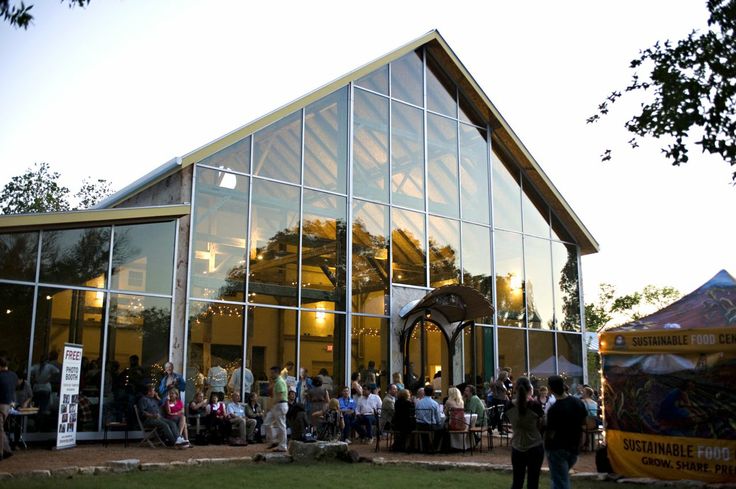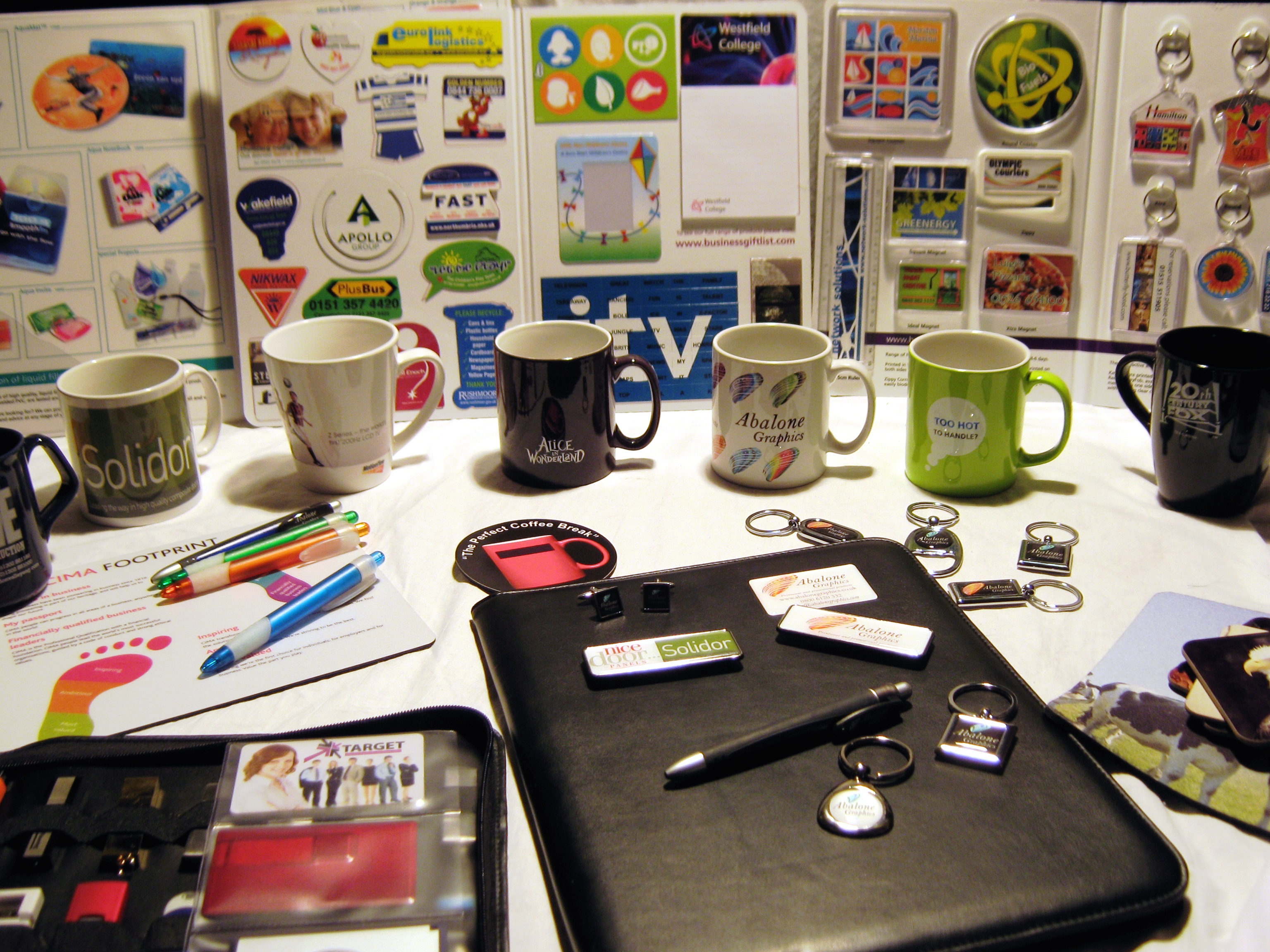An annual conference provides the unique opportunity to bond relationships between peers, clients, investors, vendors, and prospective business partners.
It creates a stage where people can come together and reflect on exceptional accomplishments as well as opportunities missed throughout the year, creating a reflective and honest environment.
This atmosphere can act as the perfect catalyst for supercharging your whole company and motivating members to move forward together towards a common objective.
Your annual conference can prove to be productive time well spent if your audience is engaged and people are poised to collaborate. Here are some ways to breathe life into your annual conference:
 Change the scenery
Change the scenery
Create anticipation for your meeting even before attendees step foot inside the door.
Host your annual conference in a different location from where you do business to give a feeling of a fresh start and unlimited possibilities. For example, if your office setting is typically in an urban industrial area, try hosting your conference at a forested retreat surrounded by wildlife and natural habitat.
A change in scenery can completely alter the way attendees approach issues and transform perceptions.
Plan some functional free time
Try balancing out a lecture-heavy agenda by adding other non-traditional activities to the mix.
Building excursions, recreation opportunities and friendly competitions into the schedule provides an outlet for creative thinking, thus giving attendees the chance to regroup and fully engage during traditional work sessions.
Sample activities can be as simple as furnishing a bike for each attendee to explore a nearby trail system, or simply providing interactive maps for attendees to discover must-see places throughout the host city.
Get to know your peers
With so many great minds in one place, try to make it easier for people to reach out to one another and start meaningful conversations. Ask attendees to fill out a “nametag” that includes not only a name but also lists the one accomplishment he or she is most proud of for the year, or a question he or she is hoping to have answered by the end of the conference.
This is a great way to get individuals interacting to share similar accomplishments and goals.
Break from the classic break
Sitting stationary for long periods of time is not good for the mind or the body.
Intermittent breaks allow attendees to move around and shake off stiff limbs, clear heads, and seek refuge after a morning filled with strong coffee and bran muffins. Take coveted break time to a whole new level by inviting in special relaxation and movement experts to help loosen the tension.
A few easy yoga moves in the fresh air will get people bending and stretching to increase blood flow and brain function, while a visiting chair massage specialist can ease the aches of sitting all day and give attendees a chance to temporarily zone out so they are less likely to do so in the middle of the session.
Interactive food fare
Food relaxes the atmosphere and helps sustain positive energy levels throughout a conference. Instead of opting for the regular ol’ soda and sandwiches theme, change it up a bit for a new spin on snacking.
Rather than one generic buffet, offer diverse lunch stations with different types of cuisine available in each area. There can be an Italian-themed create-your-own-pasta station, a sushi rolling area, or a station offering food distinct to the area in which you are hosting your conference.
Change the furniture
At one time, banquet chairs in meeting rooms were replaced by ergonomic seating. Now ergonomic seating is being replaced by bean bag chairs, overstuffed couches and “living room” areas where groups can meet and talk in a less formal and more comfortable venue.
Whether it’s incorporating aromas to energize the room, or requesting fitness balls and free weights for breaks at association events, the smallest ideas can breathe life into your traditional conference.
Utilize some of these tricks during your next conference for a brand-new approach to the old way of doing business. They will help foster great ideas to propel your business into the future.










